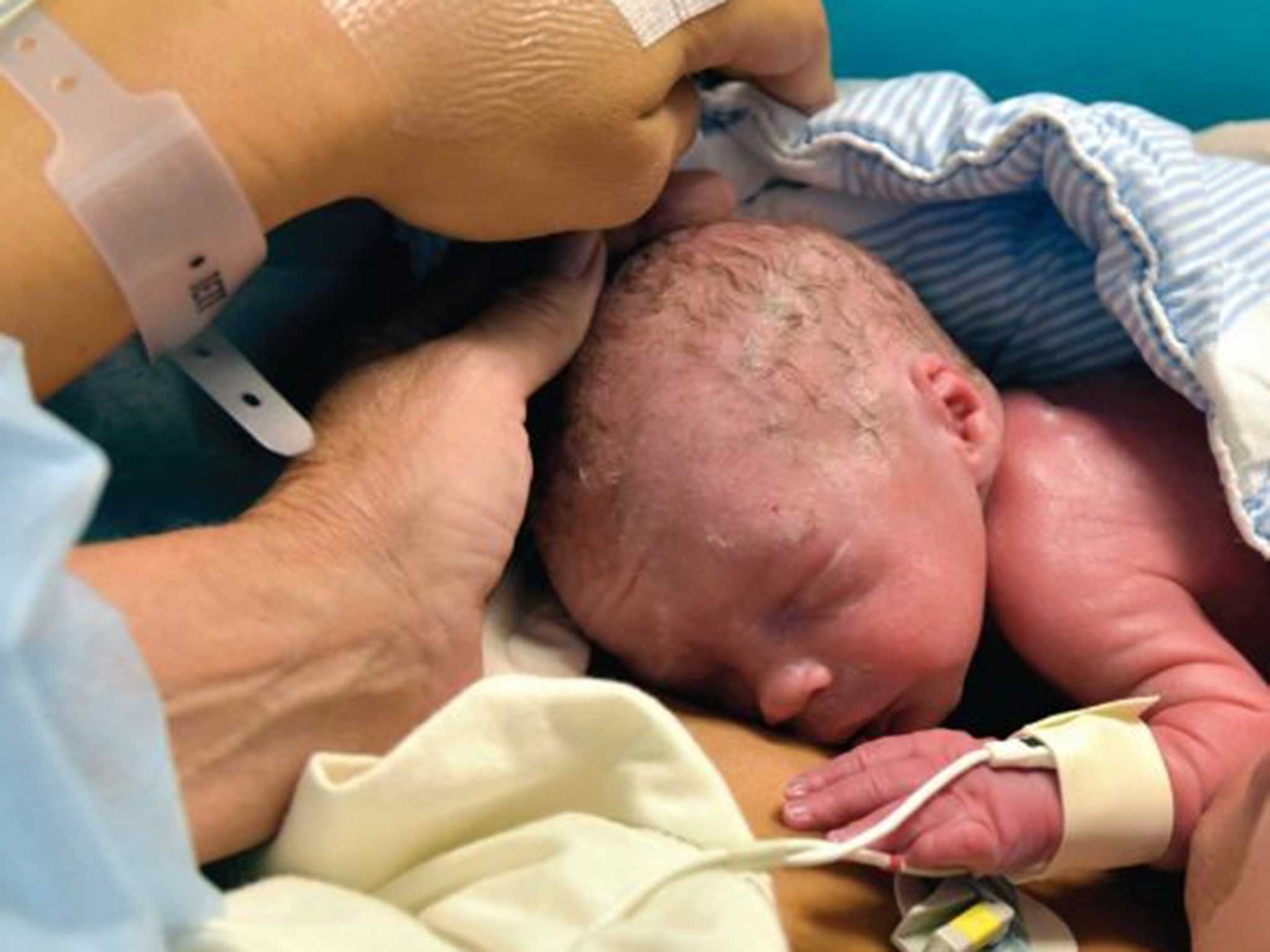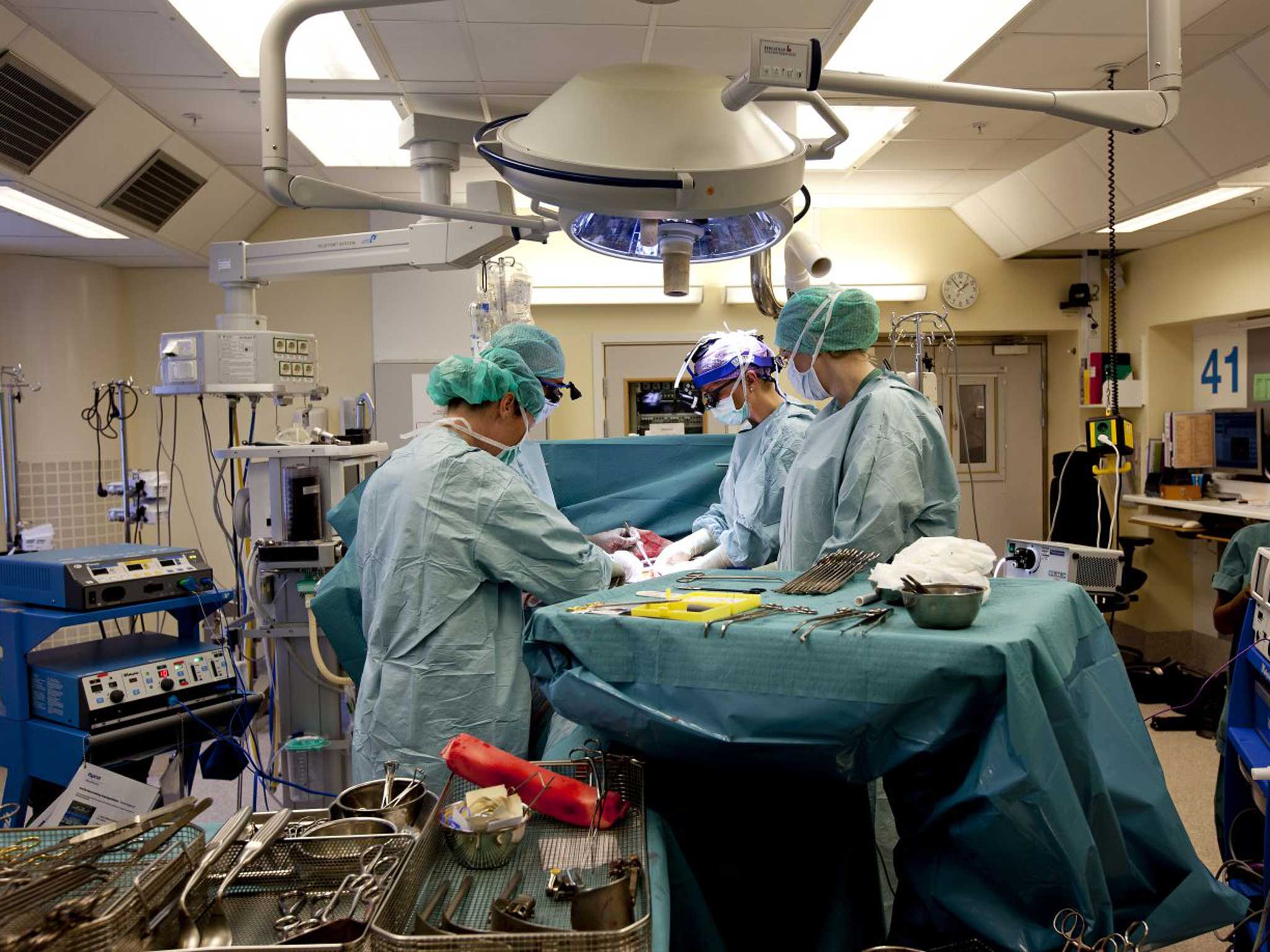Two women have given birth using wombs transplanted from their mothers - but are the risks involved too great?
It sounds like the stuff of sci-fi – and maybe that's all it should have been, says Jeremy Laurance
Your support helps us to tell the story
From reproductive rights to climate change to Big Tech, The Independent is on the ground when the story is developing. Whether it's investigating the financials of Elon Musk's pro-Trump PAC or producing our latest documentary, 'The A Word', which shines a light on the American women fighting for reproductive rights, we know how important it is to parse out the facts from the messaging.
At such a critical moment in US history, we need reporters on the ground. Your donation allows us to keep sending journalists to speak to both sides of the story.
The Independent is trusted by Americans across the entire political spectrum. And unlike many other quality news outlets, we choose not to lock Americans out of our reporting and analysis with paywalls. We believe quality journalism should be available to everyone, paid for by those who can afford it.
Your support makes all the difference.By any measure, the news that three women have now successfully given birth to healthy babies in Sweden following womb transplants (two of them with wombs from their own mothers) is another medical miracle story.
The operation, once dismissed as a piece of "journalistic trivia" that was "unlikely to get anywhere" by Britain's leading fertility specialist, Lord Winston, is now a reality.
It marks a milestone in the extraordinary story of fertility treatment since the birth of the world's first test tube baby in 1978 and the subsequent spread of IVF as a routine treatment for childlessness around the globe.
The replacement of a womb is one of the last frontiers in transplant surgery. It has defied efforts for more than a decade and will raise hopes for the estimated 15,000 women in the UK born without a uterus or who have had it removed. It is, however, high risk and costly which, even if improved and refined, will restrict its widespread use.
The first baby, a boy, was born prematurely in September to his 36-year-old mother, who lacked a womb at birth and was donated one by a 61-year-old friend. The next two, both also boys, were born in November to women aged 29 and 34 who had received womb transplants from their own mothers. These women gave birth using the same wombs in which they themselves were carried.
Science fiction has thus become science reality. Such is the pace of progress that it threatens to outstrip our grasp of the medical, ethical and social issues involved.

The women were part of a group of nine given transplanted wombs in a trial at Gothenburg University earlier this year. They have had to take anti-rejection drugs and will have their new wombs removed unless they choose to try for further children (they have been advised that this should happen within the next six months).
All had functioning ovaries and underwent IVF using their own eggs. It is understood there were four pregnancies, of which three have so far resulted in a birth, with the babies delivered by Caesarean section. A transplanted womb is thought not capable of withstanding the enormous pressures involved in labour and delivery.
The world's first human womb transplant was carried out in Saudi Arabia in April 2000 on a 26-year-old woman who had lost her own uterus following a life-threatening haemorrhage when she was 20. The donated organ, from a 46-year-old patient undergoing surgery to remove ovarian cysts, survived just 99 days before it failed and had to be removed.
That prompted the memorable comment from Lord Winston that the woman had been left with a "rotting piece of meat" inside her, as he derided the surgical team's claims of success. "I don't think this is likely to get anywhere, because it involves the transplant of a non-essential organ and it could be life-threatening. I think the risks are too great," he said, when the operation was first publicised in 2002.

Saudi Arabia is not known for pioneering surgery, although its hospitals are among the best equipped in the world. The high value placed on families in the Middle East combined with religious objections to surrogacy are what was thought to have provided the spur to the attempt.
But Lord Winston's caution remains relevant. IVF may be a lengthy, costly and often distressing process but it is not high risk (except in rare instances). Transplant surgery most certainly is – and has hitherto been thought justified only when a patient's life is threatened (face transplants are a rare exception).
Yet for some people, childbearing is the greatest event of a lifetime. In today's world it is the patient, not the doctor, who knows best and makes the choices about what happens to their body. Demand from women is what has driven the research leading to the Swedish team's success – and that is what will determine how widespread the treatment now becomes.
Join our commenting forum
Join thought-provoking conversations, follow other Independent readers and see their replies
Comments